Introduction
Perhimpunan Merdeka (literally “freedom association”) is a specifically anarchist organisation being formed in Indonesia, the largest archipelagic country in the Global South. The Komite Pembentukan (Starting Committee) of Perhimpunan Merdeka has been organising for some years and is made of some of the most seasoned anarchist organisers in Indonesia.
The anarchist movement in Indonesia is perhaps one of the largest anarchist movements in the Global South, not unlike how like the Communist Party of Indonesia (PKI) was the largest communist movement in the former Third World (third largest in the world only behind the Soviet Union and China) before the Indonesian genocide nearly wiped out the left. This feat is particularly impressive, considering that anarchism is deemed illegal under the national Indonesian ideology of Pancasila[1]. Since anarchism first took root in the country, we have seen how Indonesian anarchism blossomed from affinity groups towards anarcho-syndicalism, radical publishing, abolitionist prisoner support, mass organisations, and now the current initiative for a specifically anarchist organisation.
Below, The Commoner interviews the Perhimpunan Merdeka and solicits their perspective on Indonesian politics and their process of organising. This interview has had footnotes added and been edited for clarity with the approval of Perhimpunan Merdeka.
Can you tell us about the political situation in Indonesia? How about West Papua?
Perhimpunan Merdeka: For years, the political situation in Indonesia was extremely fragmented into two poles following the 2014 elections. This was exacerbated after the 2017 Jakarta gubernatorial election. Such fragmentation is divided into nationalist-chauvinist and Islamist camps. However, since Prabowo Subianto’s defeat in the 2019 elections and approaching the 2024 elections, the configuration of the political elite has become somewhat different, where the bloodthirsty general and current president, Prabowo Subianto, was previously the main elite of the Islamist group, moved to the camp of Joko Widodo, the previous president[2] who leads the nationalist-chauvinist group. They partnered with Gibran Rakabuming Raka, the eldest son of Joko Widodo, who actually does not meet the constitutional requirements to run. This pair won the election overwhelmingly. The former special forces commander Prabowo himself is one of the military elites involved in a series of human-rights violations during the New Order era (1966–1998). The elite forces under his leadership, Kopassus, and the chairman of Tim Mawar (Rose Team), an informal group of these special forces, were involved in the kidnapping and disappearance of anti-New Order activists in the late 1990s.
With the consolidation of the two previously hostile elite groups, the political situation in Indonesia has led to increasingly authoritarian tendencies. Since 2019, there have been various large demonstrations in Indonesia from civil society movements consisting of students, labour unions, and NGOs. These demos have included anarchist elements under the spirit of “Reformasi dikorupsi”[3] due to a number of draconian regulations that aim to discipline the people and their resistance. From the plan to issue a new RKUHP[4], Omnibus Law[5], weakening of the Corruption Eradication Commission (KPK), and a number of other regulations that are considered to limit civil and political freedoms. Previously in May 2019, the Islamist faction that supported Prabowo Subianto at that time held a large demonstration against the results of the 2019 election, which were considered manipulated. At the same time, in West Papua there were also large demonstrations that took place in almost all cities on the island due to incidents of racism and attacks on Papuan students in Surabaya, East Java.
The Joko Widodo political regime, both through state instruments such as the military, police, intelligence, and the ministry of information, as well as unofficial instruments such as political shock troops, consistently framed all criticisms and demonstrations as actions spearheaded by Islamist groups who want to establish an Islamic caliphate and carry out treason. This conditioning process has meant that various protest efforts and social movements face challenges from the wider mainstream community, which supports the government due to the populism and personality cult built by Joko Widodo. This condition is likely to continue in the new era of Prabowo’s presidency because of the large role that Joko Widodo still plays in the new government. Moreover, Prabowo has a track record as a figure with chauvinistic and authoritarian tendencies.
Regarding the situation in West Papua, the independence movement began after Indonesia’s annexation of West Papua through a fake referendum known as Pepera 1969. The complicated situation after Indonesia’s independence from the Netherlands also had implications for the situation in West Papua, which at that time became land contested by the Netherlands, Indonesia, and even Australia and the United States. The first generation of the West Papua independence movement was started by a tribal chief from Demta District named Aser Demotekay, with a movement base based on non-violence and spiritualist principles. This principle of non-violence then faded away and was eclipsed by a more radical movement under the leadership of Jacob Prai.
After the 1969 Pepera, which was carried out fraudulently and through military intimidation, West Papua was officially annexed into Indonesia. On December 1, 1971, the Free Papua Movement (Organisasi Papua Merdeka, OPM) declared the independence of the Republic of West Papua, and this was then followed by the formation of an armed wing. The guerrilla war became more intense after the declaration with the targeting of the US mining company Freeport.
West Papua is currently the most underdeveloped region in Indonesia, with high poverty rates, poor education and health levels, and mass transmigration policies that tighten Indonesia’s colonial grip . The massive support for the independence movement, both through armed wings such as West Papua National Liberation Army (Tentara Pembebasan Nasional Papua Barat, TPNPB) and the West Papua Army (WPA), and non-violent movements such as National Committee for West Papua (KNPB), Aliansi Mahasiswa Papua (Papua Student Alliance, AMP), and the United Liberation Movement for West Papua (ULMWP), has made West Papua into a war zone. The level of violence against indigenous Papuans by the Indonesian army (TNI) and police (POLRI) is very high, and impunity continues under the pretext of civilian victims being OPM combatants. West Papua is also isolated from both national and international media. Journalists are not allowed to conduct independent coverage, and the presence of the TNI/POLRI is massive in all sectors, especially in the mountainous areas that are the base of OPM combatants. Genocide has been carried out by Indonesia post-annexation, both directly such as the killing of non-combatant civilians with impunity, and indirectly such as through mass transmigration (settler colonialism), imprisonment and disappearance of Papuan activists and leaders, structural impoverishment, massive environmental destruction through various mining and plantation companies, and economic and development isolation.
As anarchists, we have a position of supporting and standing in solidarity with the West Papuan independence movement. We support the right to self-determination and independence for every colonised nation. For us, it is impossible to claim to be anti-authoritarian anarchists but not to stand in solidarity with those who are fighting against the most horrific form of authoritarianism, which is colonialism. We stand with the people of West Papua to determine their own fate[6]. To our knowledge, we have not found anarchist contacts in the West Papuan movement, but more established anarchist movements elsewhere in Indonesia such as in Salatiga, Yogyakarta, and Malang often stand in line with the pro-independence Papuan student movement. One of our members once wrote in more detail about anarchist support for West Papuan independence.
What is your analysis of the State, capitalism, and imperialism in Indonesia?
Perhimpunan Merdeka: For much of the New Order reign (1966–1998), Suharto and his military clique, along with their extended families, managed Indonesia like their personal toy. Their economic and political interests fostered nepotism, which evolved into a more complex crony capitalism, heavily guarded by bureaucratic and military machines that acted also as rent-seekers. They milk the system and combine it with neoliberal policies as a collateral to be able to continue to get foreign loans as they try to maximise profits. This Indigenous military system brings devastating consequences to workers, farmers, and indigenous people. For decades, it created nightmares for ordinary people’s lives. Poverty ballooned as living conditions deteriorated. In this environment, where every resistance from marginalised people was met with deadly repression from the government, student and youth political movements, benefiting from stable economic life and some degree of standardised education, began to organise slowly and created strong bonds with the people.
By practising this kind of capitalism, the New Order became one of the first local elite administrators in Indonesia to massively introduce the global market system to Indonesian society and way of life. While enduring European colonisation for hundreds of years until Indonesia’s independence, the first government administrator—the Sukarno era, also called the Old Order—leaned towards isolationist practices in every field of this new nation.
The military regime’s attacks on Indonesian society culminated in a series of economic riots. And in early 1998, along with the Asian Financial crisis, it morphed into a political movement when millions of people took to the streets in demonstrations and managed to topple Suharto’s family from the top of the government bodies[7]. Within months, the uprising cooled down, and very quickly, the global and local elites in the government reconciled and set up operations and policies that leaned towards neoliberal agreements (structural adjustment), opening up local markets and resources more to the global market.
In the 26 years after the Reformasi with five governing presidents, the State has increasingly reduced people’s access to land, housing, energy, and food, and this in turn has become the main cause of poverty. These were direct results of years of tight collaboration between global and local elites guarding neoliberal policies to remove fuel subsidies and open rice and all food trade to a free-market system. They destroyed all limitations and obstacles to maximise profit, including tariffs, laws, and old practices.
They managed to do all of this while whitewashing it under the guise of corruption and poverty eradication (opening up rice and all food prices to the demand of the market), land ownership to small farmers (to grab huge chunks of restrictive/conservation forest), and green energy slogans and campaigns. In 10 years under Jokowi Widodo, corruption was rampant, while the government’s huge infrastructure projects consumed the State budget and created incredible foreign debts. This, combined with the food estate project and opening up raw material mining all over Indonesia to satisfy the hungry global interest, created huge, unthinkable consequences for the forests, indigenous people, and ordinary people of Indonesia in villages, remote islands, and even big cities.
At this moment, workers’ and union rights have shrunk to conditions similar to the New Order era. The neoliberal credo has been to create discipline among the working class and a sort of proletarian discipline to let the economy grow and bring prosperity to society. While the Reformasi era was marked by the opening up of democracy and improved rights for ordinary people to self-organise and create organisations, the post-Reformasi era has been about closing off all of these traits while attacking workers’ rights, union rights, minorities, West Papuans, and all other indigenous people in their own lands.
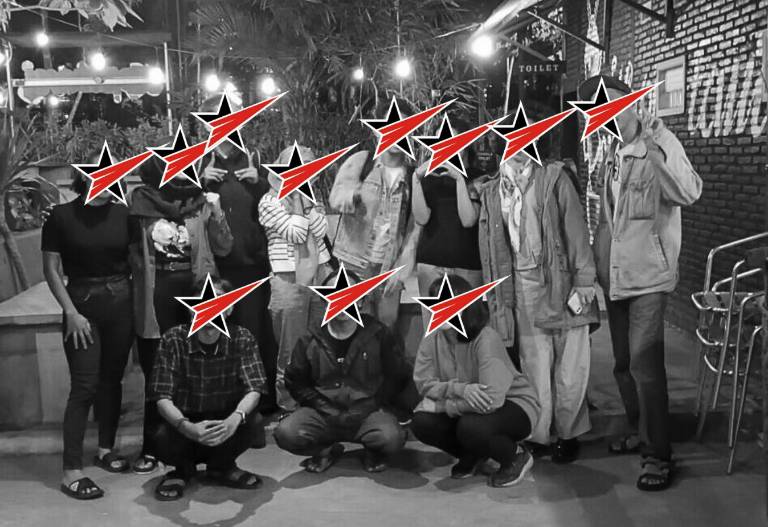
Can you tell us about the situation of the left in Indonesia? Where do you situate yourselves in the Indonesian left (even if or especially as “post-left”)? What do anarchists do differently from the other left groups?
Perhimpunan Merdeka: The left-wing groups in Indonesia are highly fragmented. The 1965 massacres by the Suharto military government, supported by the US, completely destroyed the entire left spectrum[8]. The left-wing movement began to re-emerge in the 1980s, peaking with the formation of the People’s Democratic Party (PRD) in 1996. Simultaneously, anarchism also emerged when the punk subculture entered Indonesia in the 1990s. As such, anarcho-punk is still prevalent in many underground music scenes today. Some anarchists of that era joined the PRD, making the PRD a mix of various leftist theories, from anarchist minorities to more numerous leftist-nationalists, socialists, and various Marxist-Leninists. When the Suharto government fell in 1998, the PRD also split into several pioneering parties, including very reformist and moderate groups. Meanwhile, anarchists took the initiative to form informal networks or synthetic federations that did not last long.
Perhimpunan Merdeka (PM) is the first especifista federation that mirrors the practices and experiences of the Uruguayan Anarchist Federation (FAU), the Rio de Janeiro Anarchist Federation (FARJ), Black Rose/Rosa Negra Anarchist Federation (BRRN), and other groups. Initially, our proposals were widely ridiculed due to the strong anti-organisational tendencies that exist in Indonesia. For many other Indonesian anarchists, federation, unity of theory, and unity of strategy or tactics are strange things. We are used to not moving within anarchist political organisations. Instead, we move within collectives that are completely autonomous from each other, loosely and informally networking. These have various experiences of direct action mutual aid and involvement in very sporadic organising efforts at the social level (mostly evictions, the rest in the punk subculture, student movements, and a few in the labour movement). Eventually, many militant anarchists became relatively isolated. Their practices evaporated either because they were undocumented and not passed down, or due to a lack of synergy between regions and even between collectives and communities, which tended to be dragged into the agendas of more organised liberal or leftist activists. When several waves of protests occurred in 2019, 2020, and 2024, anarchists became catalysts for rebellion, and street-fighting tactics successfully inspired many students and people, although most of them did not identify as anarchists. Currently, it is difficult to deny that anarchism has a broad influence. These waves of protests were indeed able to radicalise the masses but still maintained their nature as fluid masses. Additionally, more agile and organised leftist and liberal organisations managed to harvest many new members whenever such large actions subsided. We observed that they experienced rapid development.
So far, our position is free-active[9] and relatively non-sectarian. We are connected with anarchists from old networks, regardless of their tendencies. At the same time, we also interact with leftists and liberals who are active at the social level, maintaining a healthy distance. Our challenge is to keep the social movement non-partisan, as almost all major sectors today, both Marxist and liberal, have pushed electoral strategies into the social movement. Our competitors are the Labour Party (Partai Buruh) and several progressive liberal factions that always try to sign political contracts and lobby politicians. Our task going forward is to ensure that the movement does not try to nominate representatives in the parliamentary system, but rather carries out its own politics and make its own policies, so that everyone in the movement can discuss all their issues in the most democratic and non-hierarchical way. We are very optimistic that, in the near future, we will be stronger in providing influence in the social movement, and making it more libertarian. The electoral support for progressive candidates is still low, and the promises of politicians during their campaigns are often broken and not fulfilled, so hopefully, people will get used to disappointment and start to realise that they need more direct methods to achieve their own short-term goals. We hope to be there at the right time alongside the people as they struggle for direct action and make those victories a learning model for the people’s movement in other sectors.
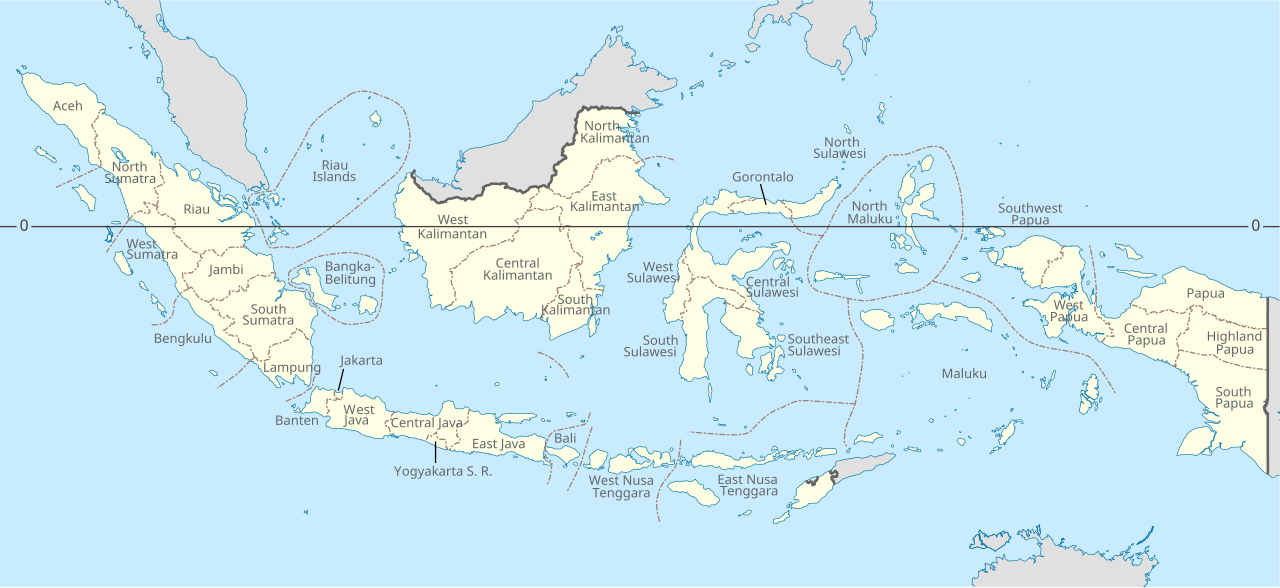
Can you tell us about your efforts in creating a specifically anarchist organisation? How national is your organisation-in-formation? Or is it a local federation?
Perhimpunan Merdeka: Establishing an anarchist organisation in Indonesia has been a long journey, marked by small experiments within the social-movement sphere. Previously, Indonesian anarchists operated sporadically, but in the years leading up to the birth of Perhimpunan Merdeka (starting around 2011), some anarchists began to engage in social interventions using more binding frameworks, although initially ad hoc in nature.
In short, PM was first declared in 2015 in Makassar, Sulawesi/Celebes Island, but became inactive in 2021. Based on the initiative of militants in Yogyakarta, Java Island, PM was revived as the Starting Committee of (KP-PM) in the two cities of Yogyakarta and Makassar in 2024.
Currently, the PM is in the midst of an initiative to develop a national federation. Our territory continues to grow, along with the education and recruitment process that takes place online and offline. We are present in at least five cities and regions, not to mention our isolated individual members who are spread across several cities that are not yet ready to be called regions. We are aiming to have a congress in 2028.
In addition, we also have an initiative to gather sympathisers from Indonesian anarchists abroad, connect them with each other, and continue to inform them about our agenda here. In addition, we encourage them to connect with movements, especially anarchist organisations in their respective countries.
Can you tell us about your process of choosing especifismo as a guiding theory? As opposed to say other theories of anarchist organisation (synthesist, pluralist, syndicalist, etc.)
Perhimpunan Merdeka: Many of us were introduced to anarchism through popular publications like CrimethInc and various individualist, insurrectionist, and post-left anarchist readings. Only a few of us come from labour movements and anarcho-syndicalism. There was a time when the ideas of Max Stirner, Alfredo M. Bonanno, Ted Kaczynski, and Bob Black were very popular among anarchist circles in Indonesia. At that time, the idea of organisation felt very distant because knowledge about anarchism was still very limited, and only a few people knew about it. Some of us were involved in developing other types of organisations, namely anarcho-syndicalist and synthesist groups. However, these collectives proved unsuitable or failures. This was due, first, to a lack of technical knowledge about anarchist organisation, and second, to a lack of strategy to blend with the broader masses.
While especifismo in Latin America often comes from militant anarcho-syndicalist labour movements, especifismo in Indonesia often comes from small informal groups influenced by insurrectionist and individualist ideas. With the spread of especifista texts, we evaluated past practices and developed our current thinking. After various organising efforts in the past, we found that especifismo explains anarchist organising the most comprehensively, so we intend to try this approach. Clearly, we still believe that individual freedom is as important as collective freedom, and we hope that anarchism will once again be useful at the mass level[10].
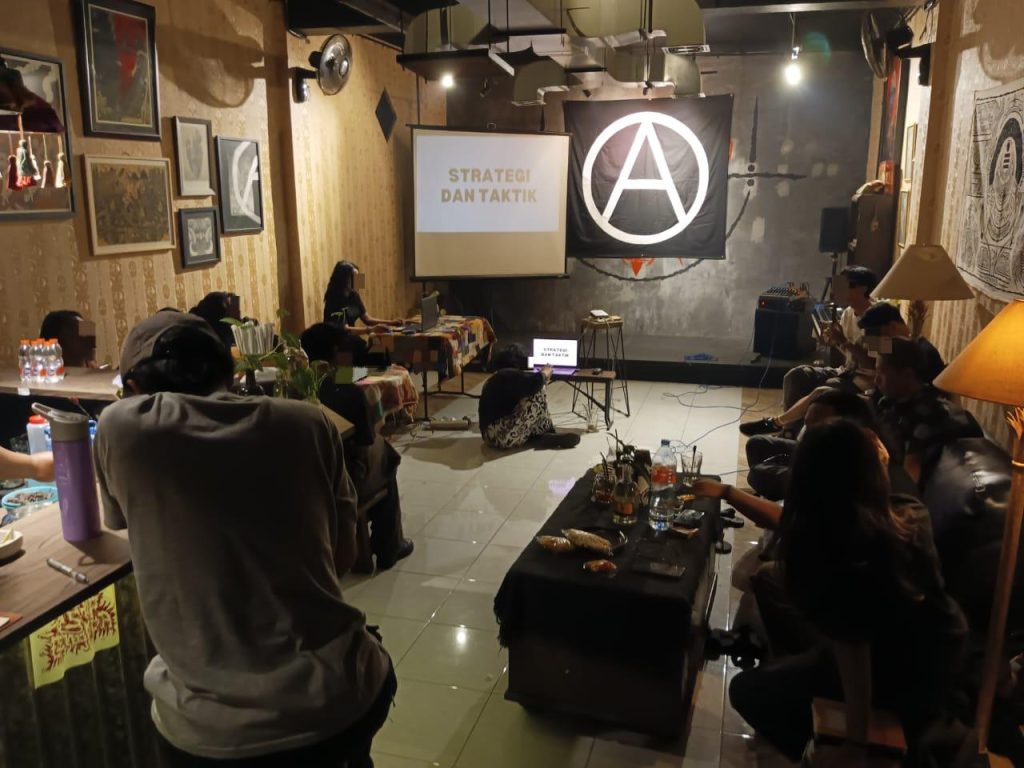
So anarchism in each context has some specific concerns for that particular context. In the Philippines, it takes the form of responding and reacting to the dominance of the Communist Party of the Philippines. In India, it takes anti-caste as one of its positions. What are Indonesian-specific concerns of anarchism in Indonesia?
Perhimpunan Merdeka: In the overall history of contemporary social and political movements in Indonesia post-1965, issues of democratisation and anti-militarism have coloured the people’s struggle against the State. After the Reformasi era, with the opening of doors and a strong push for democracy, the issues, programs, and concerns of the people’s movement have become more diverse.
The main concerns in the emerging anarchist political movement in Indonesia can be said to have varied focuses and gradations. In both urban and rural areas, issues of land and living-space confiscation have become magnets for contemporary anarchist movements. This movement then permeates from defending the people in cities, villages, and indigenous communities to programs defending humans and nature as a whole, labour, collective organic farming, self-management, and so on. In urban areas, issues such as anti-police, self-defence against arrests, resistance to detention, and football supporter issues also become focal points.
Just as the student-people movement before and during the Reformasi era created a common enemy (the Suharto regime), we believe that the anarchist political movement will eventually converge on a common issue, and history will prove it.
What do you make of the intrigues between China/Russia/DPRK and the USA/Japan/S.Korea/Australia in Southeast and East Asia?
Perhimpunan Merdeka: In the past, especially during the Cold War and the rise of Old Communist politics in Indonesia, the country and its population were very outward-looking and concerned with international issues. However, nowadays, believe it or not, such issues do not significantly influence political conversations among ordinary people or even State officials. Due to the depoliticisation throughout the New Order era, most people consider these matters too distant to be concerned with. We also share the same view, finding them too far removed to comment on.
In Indonesia, people tend to look inward rather than outward, except for issues related to Palestine and national sovereignty. Even when there are issues like maritime boundary violations or the entry of Chinese surveillance ships into Indonesian waters, the public does not see them as close issues. These concerns are mainly the domain of military enthusiasts who praise the military when successful and criticise the government for not providing additional funds to the military if the Indonesian military’s performance is perceived as poor when facing foreign forces. All and all, militarists still will win any conversation regarding international conflicts.
We see a lot of news about deforestation, biodiversity loss, and other forms of environmental destruction in Indonesia. To what extent has such land-use change been normalised in Indonesian society, and what measures (if any) are being taken to resist it?
Perhimpunan Merdeka: We live in a country heavily influenced by religious fundamentalism, militarism, various feudal practices, land ownership inequality, and the destruction of tropical rainforests due to industrialisation (mining and plantations). Although it cannot be verified, many institutions agree that the data showing 1% of Indonesia’s population controls 75% of the land is somewhat accurate. In Java, the conversion of agricultural land into residential and industrial areas has threatened national rice production. To compensate, the government has repeatedly attempted land clearing since the 1990s, most of which has failed and been destructive.
Although this is a real threat and anarchists are aware of it, there has not been much intervention by anarchists. People fighting to protect their ancestral lands, against development projects that displace them, and the destruction of natural rainforests mostly struggle alone or are accompanied by liberal activists. Most of these efforts are campaign activities and mere slogans, and their strategies are less effective, often because they operate within the NGO framework. Meanwhile, more militant anarchists are sometimes isolated in peripheral areas.
It must be acknowledged that for two decades since the 1998 Reformasi, anarchists have been concentrated in major cities on the island of Java. As a result, anarchist discourse and texts in Indonesian are very urban-centric. Students who study in Java tend to stay in the city, or if they return to the village, their radicalism fades. Therefore, it seems that Perhimpunan Merdeka (PM) prioritises reaching militant anarchists who are isolated in rural and remote areas. The sectors we build will include struggles that have been neglected or, although highlighted, have received little anarchist intervention.
Most importantly, there is a high level of criminalization and use of violence by security apparatus and gangsters (thugs). We must also be prepared for the risks and dangers of facing a developmentalist regime that continues to transform our landscapes into uninhabitable areas. Therefore, we feel that the especifista strategy is also appropriate, as public support is crucial for various direct actions to respond to this violence.
Do you have any international connections to other anarchist groups and organisations? If so, what does your collaboration with international partners look like? How best can we support your efforts?
Perhimpunan Merdeka: We have connected with a large number of specific and platformist anarchist organisations worldwide. Usually, we only share information, but at times, we ask about the practice of organisational dualism, social work, and the structure of anarchist federations. We have not and have never received international donations, and our financial sources are quite independent. Our organisational and social work is carried out voluntarily and part-time. As the intensity of organising and class-war tensions increase amid the crisis, we may take drastic actions and escalate our militancy (as seen in the 2024 protest wave).
We have networked with anarchist comrades in Southeast Asia, who are currently active in their respective regions. Through this network, “boring” work such as translation, editing, documentation, and dissemination of useful texts on various websites and media takes place. This network is especially helpful for supporting anarchist and anti-authoritarian prisoners in the region.
In our opinion, the best support that can be given is to connect the social levels in each country where anarchists are organising. Even a video statement of solidarity can greatly encourage farmers and workers who are struggling, as they feel heard and supported. Therefore, we need to revive the spirit of internationalism to sharpen the perspective of class struggle. Hopefully, in the near future, we will also be able to broadcast more news from grassroots struggles here.
Is there anything else you’d like to add that we did not ask?
Perhimpunan Merdeka: You can get more info by subscribing to our social media and website (mostly in Indonesian, though).
Instagram: @kp.perhimpunanmerdeka
Website: perhimpunanmerdeka.org
Footnotes
[1] Pancasila refers to the “five precepts” that govern the formal politics of Indonesia. These are: (1) belief in the Almighty, (2) a just and civilised humanity, (3) the unity of Indonesia as a whole, (4) guided democracy, and (5) social justice for all Indonesians.
[2] Joko Widodo finished his two terms of five years as president.
[3] In 2019, Indonesian protests were organised under the slogan “Reformasi Dikorupsi” or “Reformasi is being corrupted.” The Reformasi era is the post-dictatorship period of Indonesian history beginning from the resignation of the dictator Suharto in 1998 and the end of the New Order.
[4] “Revisi Kitab Undang-Undang Hukum Pidana” or Law Book of Penal Code.
[5] Omnibus Law on Job Creation.
[6] See also Anarchism and the Liberation of West Papua, also published by The Commoner.
[7] This revolution marked the end of the dictatorship known as the New Order and the beginning of the contemporary Reformasi era.
[8] This is also known internationally as the 1965–1966 Indonesian genocide.
[9] “Free-active” is a direct translation of bebas aktif, which refers to autonomy and independent action. Bebas aktif is also a word associated with the Non-Aligned Movement, an old international relations project of Indonesia that rejected both the American and Soviet blocs during the Cold War.
[10] By “mass level,” PM clarifies on the level of the social sector of the public, advocating for anarchism as a mass movement not only limited to activists, such as that in the Spanish Revolution. Their aim, they clarify, would be for anarchism to be something that people learn about and fight for when they start their journey against injustice.
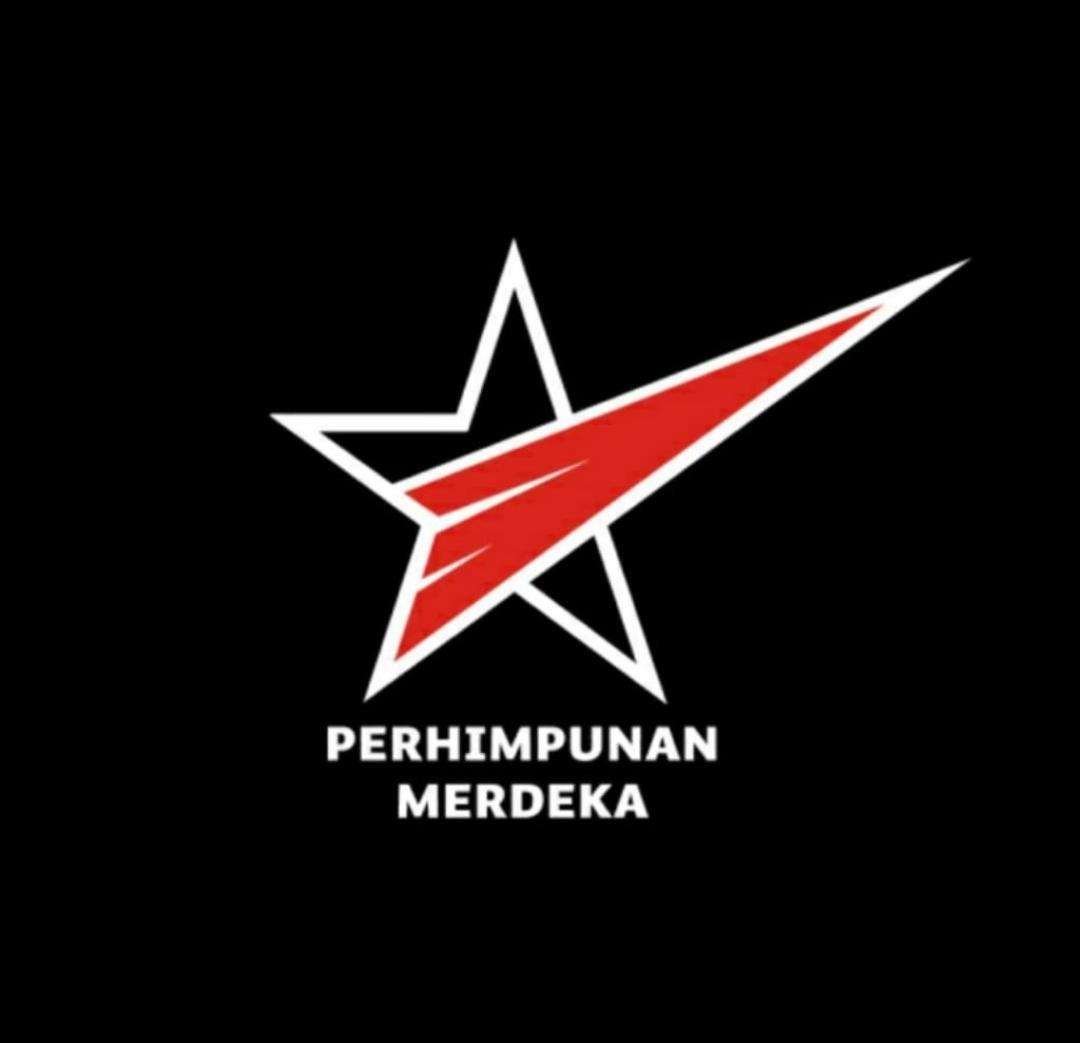
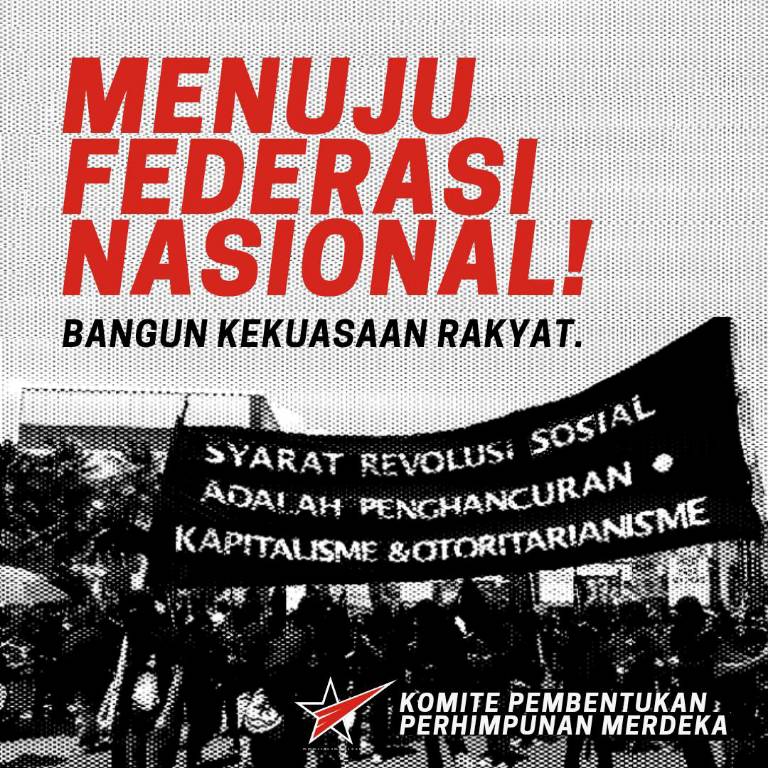
2 Responses